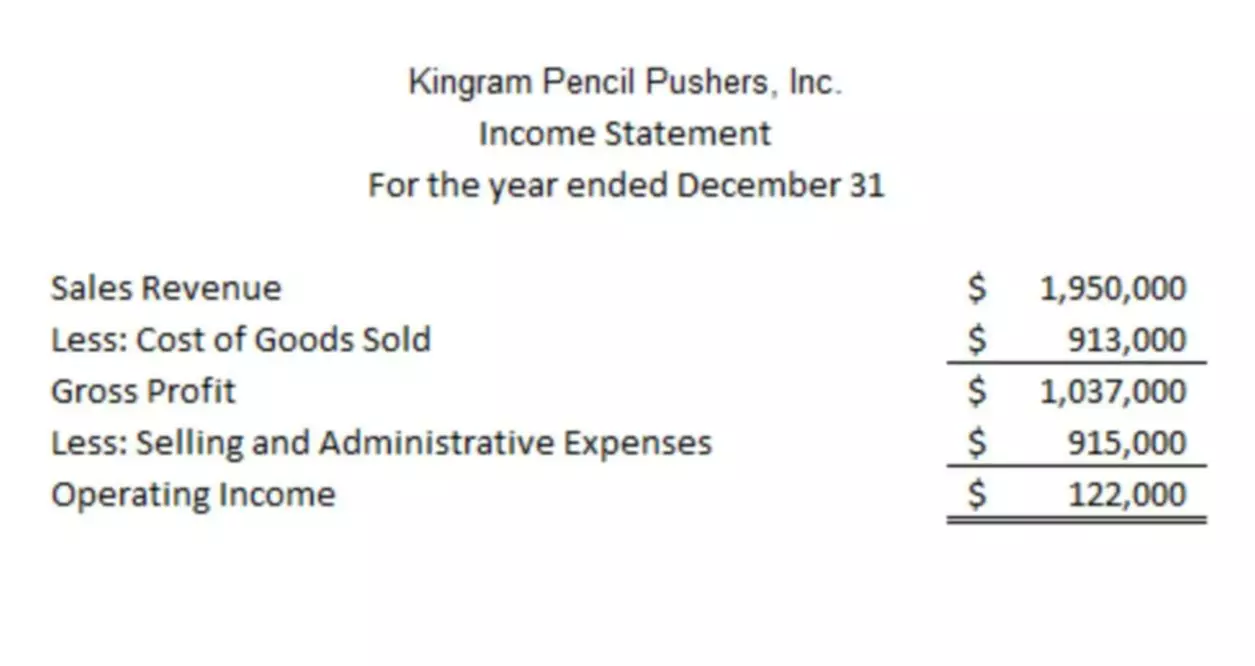We believe that our audit of the financial statement provides a reasonable basis for our opinion. There are different kinds of opinion an auditor can give once an audit process is complete, these include qualified opinion, unqualified opinion, a disclaimer of opinion and adverse opinion. If an auditor gives a qualified opinion, it means that there is a slight issue with the financial reports and statements of a company or whether the accounting policies of the company are not totally compliant with the standards of GAAP. The issue does not necessarily mean that the financial statements of a firm are misrepresented or whether the firm is in chaos, it only shows that the company did not provide sufficient information needed. An unqualified opinion, on the other hand, means there is a fair and appropriate presentation of financial statements by a firm. In an unqualified report, the auditors conclude that the financial statements of your business present fairly its affairs in all material aspects.
If there is any form of qualification to an audit opinion, this is a major red flag for financial statement users. The auditor’s report begins with a brief introduction about the audit engagement. In the first section, the auditor explains that preparing the financial statements and maintaining sound internal controls is management’s responsibility. The basis for opinion paragraph contains a statement that management is responsible for the preparation of the financial statements that are being audited as well as a statement that the audit was conducted in accordance with the PCAOB. In the second section, the auditor explains its own responsibilities, duties and rights regarding the engagement.
Unqualified Opinion vs. Other Opinions
Auditors typically qualify reports with statements like “except for the following adjustments,” when they have insufficient information to verify certain aspects of the transactions and reports being audited. In an audit engagement, the auditor must express his opinion on the financial statements based on the audit process carried out. The Auditor’s report forms part of the annual report which is circulated to the shareholders and stakeholders. Auditor’s Opinion plays a key role as readers and users of the financial statements place their reliance on the facts presented based on the opinion expressed by the Auditor. Any comment mentioned in the audit report has a significant impact on the business. Creditors, lenders, and investors want to see financial statements with an unqualified opinion attached to them before they will lend money or invest funds.
It is issued when the auditor believes that all changes, accounting policies, and their application and effects, have accurately been disclosed. Our responsibility is to express an opinion on the Company’s financial statements based on our audits. We are a public accounting firm registered with the Public Company Accounting
Oversight Board (United States) (“PCAOB”) and are required to be independent with respect to the Company in accordance with the U.S. federal securities laws and the applicable rules and regulations of the Securities and Exchange Commission and the
PCAOB.
Adverse Opinions
Therefore, you should hope to receive an unqualified audit report because it gives a positive impression of your business. If issues are material and pervasive, the auditor issues a disclaimer or adverse opinion. A qualified audit report does not mean that your business is suffering, and it doesn’t mean that your financial statement isn’t transparent. In an audit engagement, the auditor gives his opinion on the financial information disclosed by your business.
The opinion on the financial statements is given by the Auditor based on the audit carried out and based on the collection of sufficient and appropriate audit evidence. This opinion does not indicate anything about the financial performance and economic health of the company, it just indicates the financial reporting is clear and the facts are presented appropriately in the financial statements. Qualified opinions may also be issued if the financial statements deviate from GAAP or have inadequate disclosure. The auditor might report an adverse opinion if they believe the financial statements do not accurately represent the company’s financial position. They might also issue a disclaimer of opinion if they cannot issue an opinion on the financial statements because something has prevented them from gathering enough information. The financial statements of the Company as of December 31, 20X1, were audited by other auditors whose report dated March 31, 20X2, expressed an https://personal-accounting.org/the-audit-process-8211-tufts-audit-and-management/ on those statements.
What is a basis of opinion paragraph in an unqualified opinion?
Our audit included performing procedures to assess the risks of material misstatement of the financial statement, whether due to error or fraud, and performing procedures that respond to those risks. Such procedures included examining, on
a test basis, evidence regarding the amounts and disclosures in the financial statement. Our audit also included assessing the accounting principles used and significant estimates made by management, as well as evaluating the overall presentation
of the financial statement.
Why is an unqualified opinion important?
Importance of Unqualified Opinion in Auditor's Report
An unqualified opinion in an audit report is even more important as it helps the shareholders and stakeholders to place reliance on the facts presented. It gives a sense of confidence and a positive note to the users of financial statements.
The Company’s financial statements do not disclose [describe the nature of the omitted disclosures]. In our opinion, disclosure of this information is required by accounting principles generally accepted in the United States of America. Management is responsible for the preparation of the financial statements as per applicable accounting standards and relevant laws. They are responsible for presenting the financials without any material misstatement and errors.
The auditor’s report is an integral element of your business’s audited financial statement. At the culmination of the audit engagement, the auditor expresses his opinion in the auditor’s report, which can be qualified or unqualified. With a qualified opinion, the auditor has determined there is a material issue regarding accounting policies—but one that does not misrepresent the factual financial position.
- This opinion also shows that a business is in compliance with the generally accepted accounting principles (GAAP).
- Such procedures included examining, on
a test basis, evidence regarding the amounts and disclosures in the financial statement. - If the auditor adds an emphasis paragraph in the auditor’s report, the auditor should use an appropriate section title.
- Auditors typically qualify reports with statements like “except for the following adjustments,” when they have insufficient information to verify certain aspects of the transactions and reports being audited.
The opinion embodies the assumptions that your business observed compliance with generally accepted accounting principles and statutory requirements. Also known as a clean report, such a report implies that any changes in the accounting policies, their application and effects, are adequately determined and divulged. We have audited the accompanying balance sheet of X Company (the “Company”) as of December 31, 20XX, and the related notes [and schedules] (collectively referred to as the “financial statement”). In our opinion, the financial statement presents
fairly, in all material respects, the financial position of the Company as of December 31, 20XX, in conformity with accounting principles generally accepted in the United States of America. An unqualified opinion is otherwise known as an unqualified report or a clean report.

